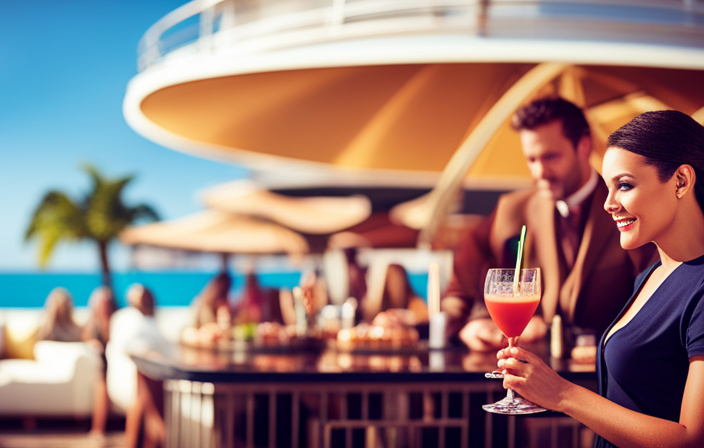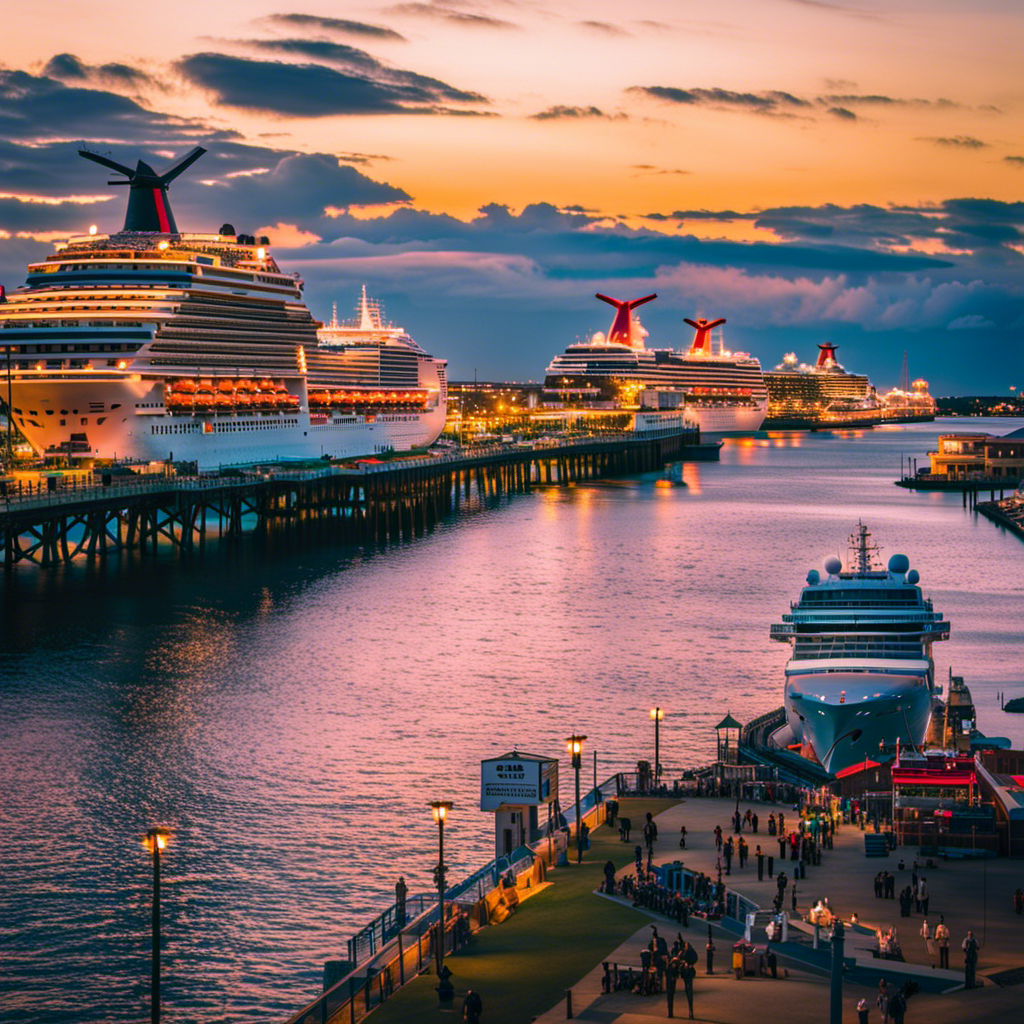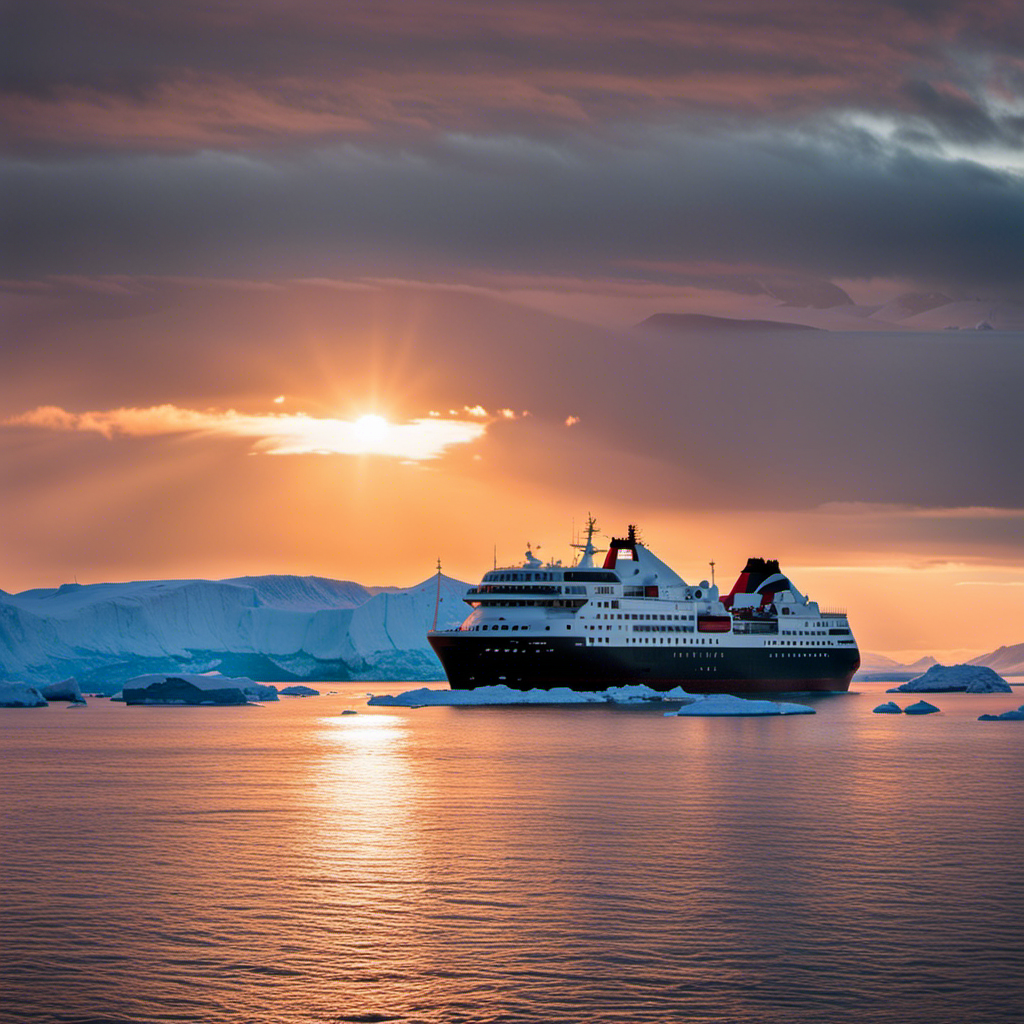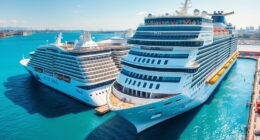Reflecting on the tragedy that took place on the Costa Concordia, my thoughts are consumed by the disorder and destruction that transpired on that fateful day.
It was January 13, 2012, when the cruise ship, owned by Costa Cruises, veered off course and collided with a rock, tearing a massive hole in its hull. The consequences were dire, as the ship lost power and began to tilt towards the starboard side.
Panic ensued as passengers were initially left in the dark, unaware of the true extent of the danger they were facing. Eventually, an emergency alarm sounded, and the call to abandon ship was made.
It was during these tumultuous moments that Captain Francesco Schettino, the man entrusted with the lives of those onboard, made the decision to abandon the ship himself.
This tragic incident sparked an investigation that would reveal the crew’s shortcomings and Captain Schettino’s culpability.
The Costa Concordia disaster serves as a somber reminder of the importance of stringent safety measures in the cruise industry.
Key Takeaways
- The Costa Concordia was a cruise ship owned by Costa Cruises and was the first ship of the Concordia Class.
- The ship had numerous amenities including staterooms, fitness center, spa, pools, restaurants, and bars.
- On January 13, 2012, the ship struck a rock, resulting in a large gash in the hull and causing it to tilt towards the starboard side.
- The incident led to an investigation, legal proceedings, salvage, and scrapping of the ship, as well as changes in safety measures in the cruise industry.
Background Information
I’ve learned that the Costa Concordia was a cruise ship owned by Costa Cruises and was the first ship of its class, launched in 2006. It was a massive ship, one of the largest built in Italy, with numerous amenities such as 1,500 staterooms, a fitness center, a spa, pools, and restaurants.
However, the ship met a tragic end due to a series of unfortunate events. The incident had a significant impact on the cruise industry, as it highlighted the importance of completing muster drills and implementing stricter safety regulations. Lessons learned from the Costa Concordia disaster continue to influence cruise ship safety, ensuring that similar incidents are prevented in the future.
The incident serves as a reminder of the need for proper training, adherence to procedures, and effective emergency response in the maritime industry.
Incident Details
Departing from Civitavecchia, Italy on January 13, 2012, the captain of the Costa Concordia deviated from the ship’s course and collided with a rock, causing a significant breach in the hull and subsequent power loss.
As the ship began tilting towards the starboard side, passengers were initially told that the ship was experiencing a blackout. However, when the emergency alarm sounded, passengers were instructed to go to their muster stations.
Captain Schettino then made the decision to abandon the ship, hindering the evacuation efforts. Despite the ship’s list, many passengers were rescued by coast guard boats and helicopters.
It took six hours for the initial evacuation efforts to be completed, with two survivors being rescued the next day.
The captain’s actions during this incident were heavily scrutinized, and he was ultimately arrested, stood trial, and convicted.
Investigation and Legal Proceedings
The investigation into the events surrounding the collision and subsequent sinking of the Costa Concordia focused on the crew’s procedures and the actions of the captain.
The final report revealed that the ship was sailing too close to the coastline, which ultimately resulted in the tragic incident.
As a result of the investigation, legal consequences were faced by the captain, Francesco Schettino, and five other Costa Cruises employees.
Captain Schettino was arrested, stood trial, and was ultimately convicted. He was sentenced to sixteen years in prison for his role in the disaster.
The conviction was based on the fact that he had strayed from the ship’s original course, failed to take appropriate actions to prevent the collision, and abandoned the ship while rescue efforts were still ongoing.
The legal proceedings served as a reminder of the importance of adhering to proper protocols and responsibilities in maritime operations.
Frequently Asked Questions
How did the sinking of the Costa Concordia affect the reputation of Costa Cruises?
The sinking of the Costa Concordia had a significant negative impact on Costa Cruises’ reputation due to the legal consequences faced by the company. The incident raised concerns about safety measures and highlighted the need for stricter regulations in the cruise industry.
Were there any environmental consequences from the Costa Concordia disaster?
Yes, there were environmental consequences from the Costa Concordia disaster. The sinking caused an oil spill, which polluted the surrounding waters and had a negative impact on marine life in the area.
What safety measures have other cruise lines implemented as a result of the Costa Concordia incident?
As a result of the Costa Concordia incident, cruise lines have implemented various safety measures. These include stricter regulations, improved training and drills, enhanced emergency response systems, and increased focus on passenger safety. These measures have helped improve the overall safety of the cruise industry. Additionally, the incident had an impact on the profitability of the cruise industry, as it highlighted the importance of prioritizing safety and maintaining public trust.
How did the survivors of the Costa Concordia sinking cope with the trauma?
As survivors of the Costa Concordia sinking, we coped with the trauma through various coping mechanisms and received mental health support. These included therapy, support groups, and engaging in activities to promote healing and resilience.
What impact did the Costa Concordia disaster have on the tourism industry in Giglio, Italy?
The Costa Concordia disaster had a significant impact on the tourism industry in Giglio, Italy. Local businesses suffered as tourism declined, and economic recovery efforts were implemented to support the affected community.
Conclusion
In conclusion, the Costa Concordia disaster serves as a stark reminder of the importance of safety measures in the cruise industry.
The incident, which saw the ship deviate from its course and strike a rock, resulted in a chaotic evacuation process and raised questions about the crew’s procedures and the actions of Captain Schettino.
The investigation and legal proceedings that followed shed light on the need for stricter regulations and modifications to safety guidelines.
Like a dark cloud hanging over the industry, the Costa Concordia serves as a chilling simile for the potential consequences of negligence and disregard for safety.










